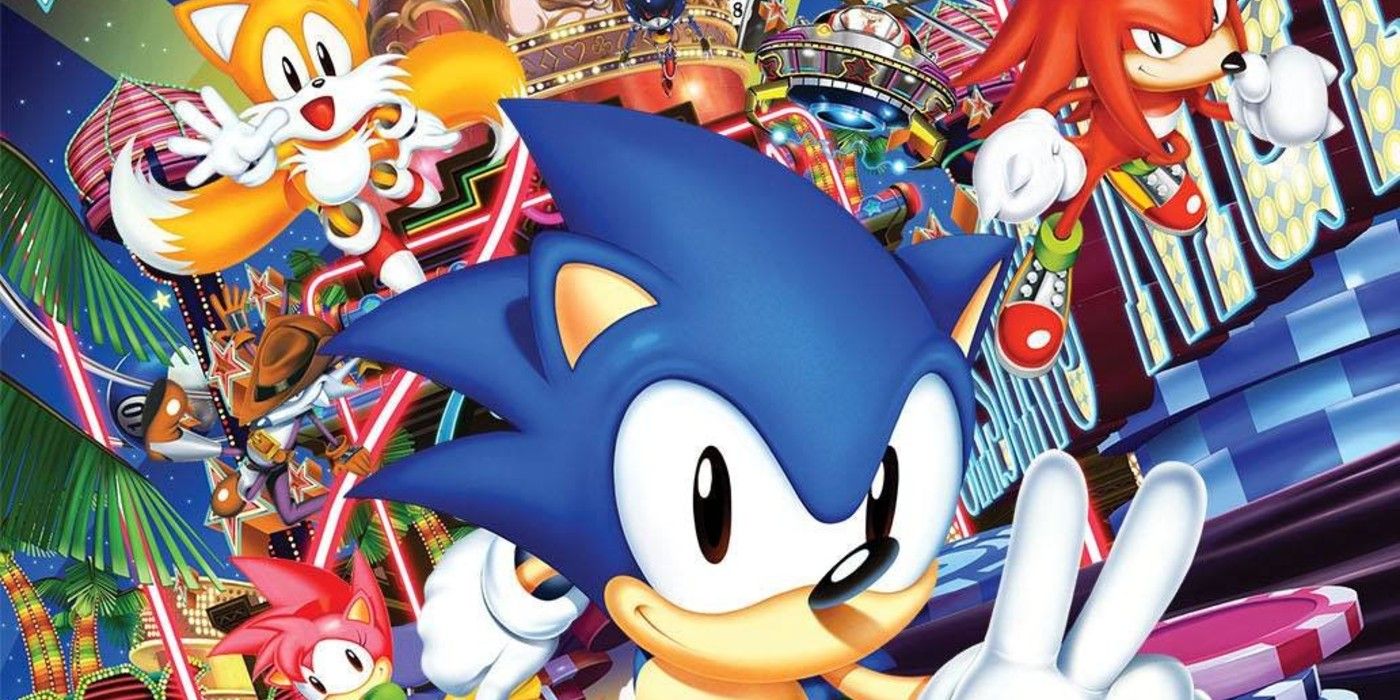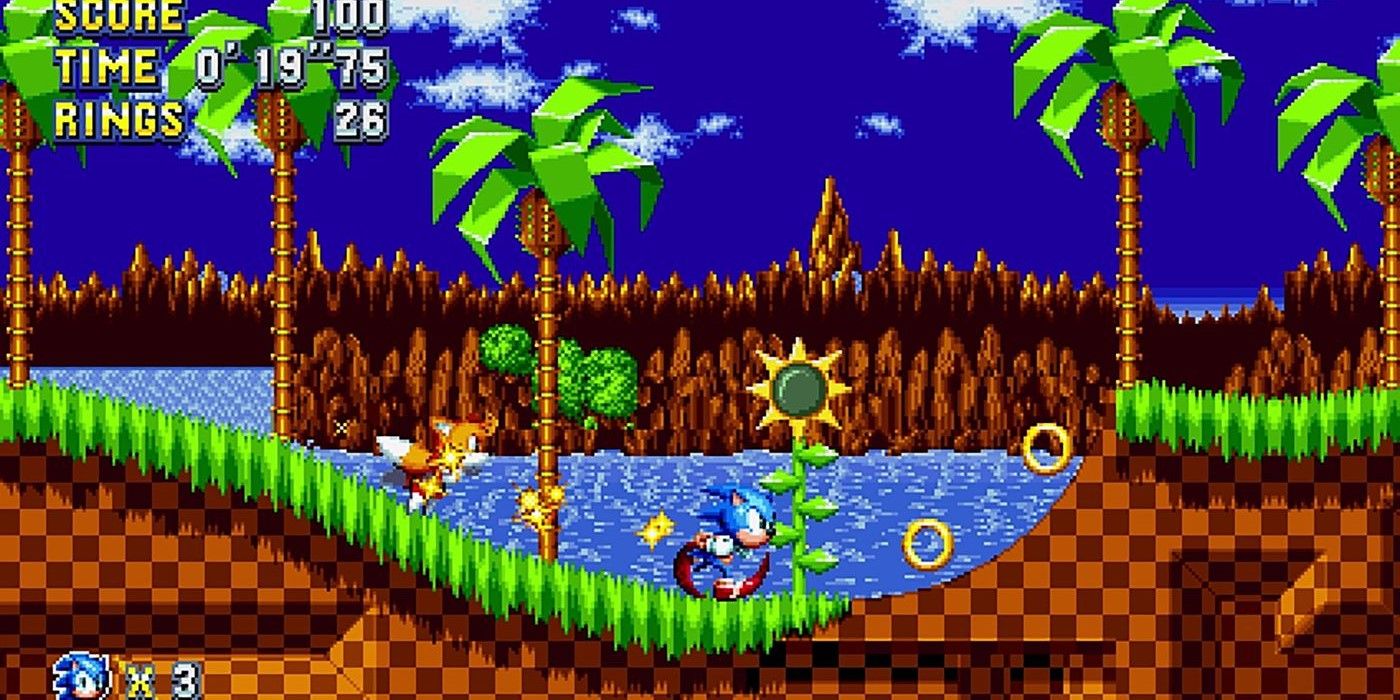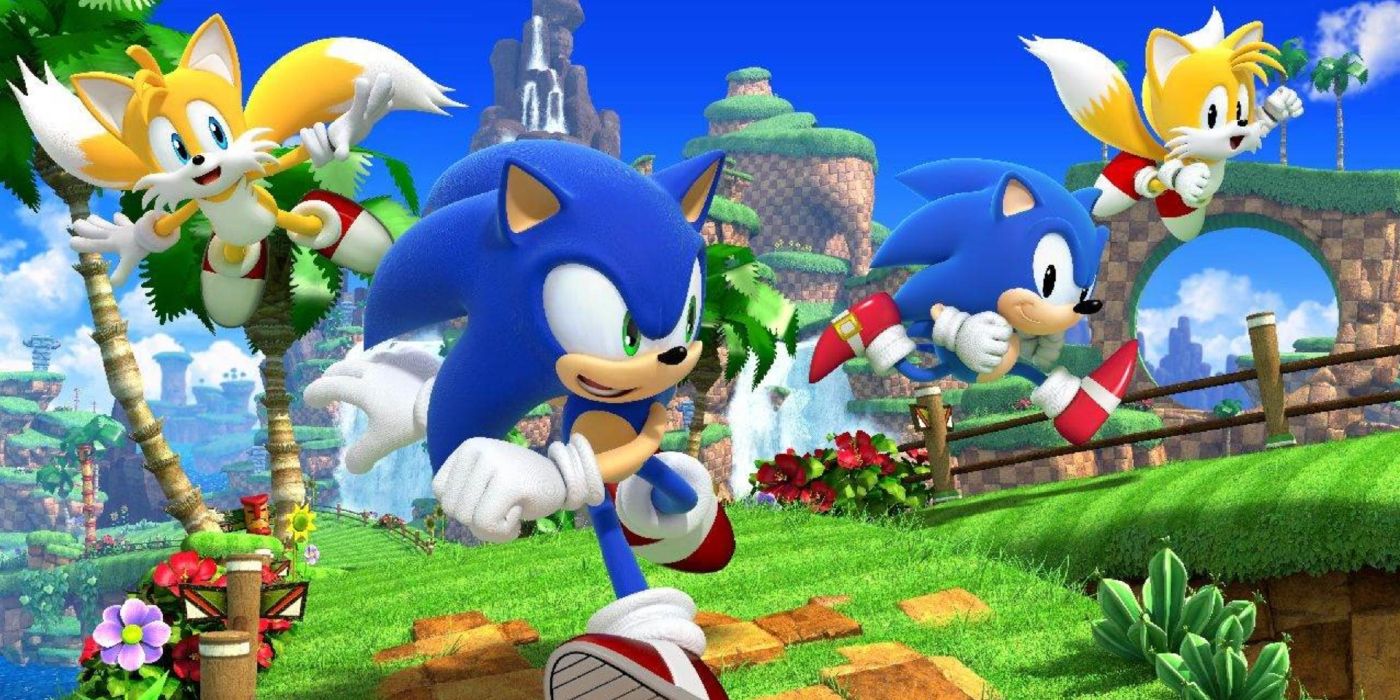Sonic the Hedgehog has been one of the most beloved video game characters since the early '90s. With the platforming of Super Mario Bros. and speed that hadn't been seen in anything else prior, the series has since grown into a franchise that has covered the third dimension, comics, TV and films. While the story and characters were always a part of the series' allure, there was also the simplicity in its mechanics and how the games have managed to endure without altering the formula too much. One of the most important aspects of this is the characters' collection of gold rings.
As players raced through the various worlds of Sonic the Hedgehog, they would constantly run into gold rings that let off a now-iconic chime whenever they were collected. Unlike the Chaos Emeralds, these rings held no narrative weight and were never sought after by Eggman or other main villains. Instead, they served as the game's health system, which meant that when Sonic got hit or ran into spikes, all the coins collected would explode from his body. However, when players collected 100 rings, they would gain an extra life. However, veteran Sonic and Sega developer Yuji Naka revealed on Twitter that the iconic mechanic was actually an afterthought.
During the development of the original Sonic game, Naka explained that with two weeks ahead of release, "...we changed the specification to one where if you had even one ring, you would not die...." Players may have noticed over the years, but when any attack or obstacle hit Sonic, he would lose his rings but always be left with one. With no health bars to keep track of, this became an essential aspect of the character. It still fosters players to get a perfect run. It also provided the opportunity to finish a level or defeat a boss, even when it seemed like the odds were stacked against them.
Since then, it's been commonplace for Sonic games to have players who get hit rely on one ring. While rings could quickly be recouped during a traditional level, boss levels were where the stakes got even higher. Depending on the game, Eggman battles would either have a set number of rings to collect or none at all. That meant that if Sonic were hit, he would either have to quickly collect the rings he lost before they faded away or rely on one ring to finish the level. This added much more tension and difficulty to the proceedings and showed players the importance of being attentive as attacks could come from anywhere.
Naka also added that he and his team were still trying to make the game great at the last minute so that they could give players the best product possible. He stated, "...I believe that the game is still being enjoyed by people worldwide today." One could wholeheartedly agree, as Sonic has since become a household name and celebrity to fans worldwide.
The histories behind some of the most iconic games in the industry often have unique stories that show how particular changes and additions could make or break a title. In Sonic the Hedgehog's case, the last-minute effort to make the game as perfect as possible fundamentally changed the experience forever. Now, new or old players can feel the rush of speed and the tension of fighting with only one ring left. Whether skilled at the game or a novice, it's a feeling that can't be replicated and wouldn't have happened without the last-minute efforts of Yuji Naka and his team.



